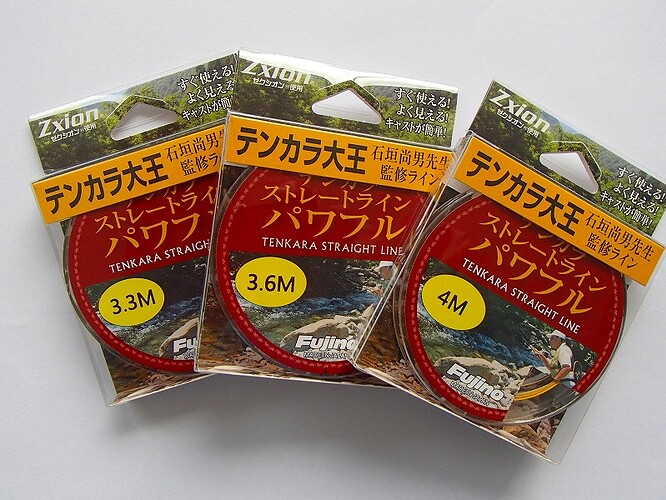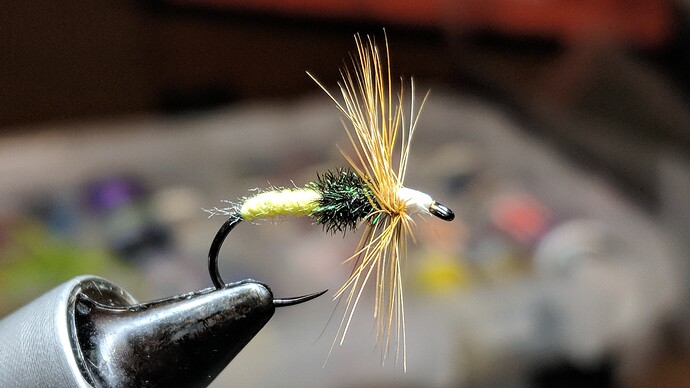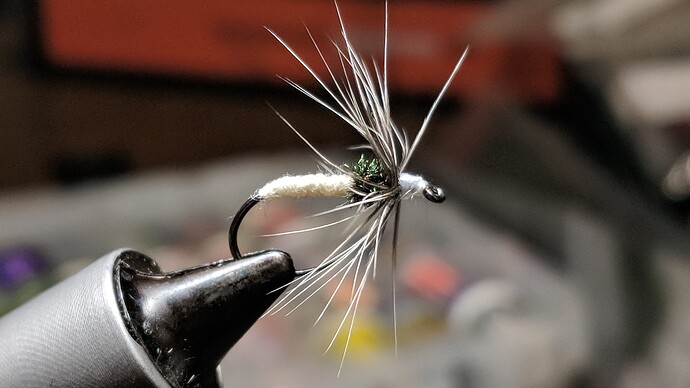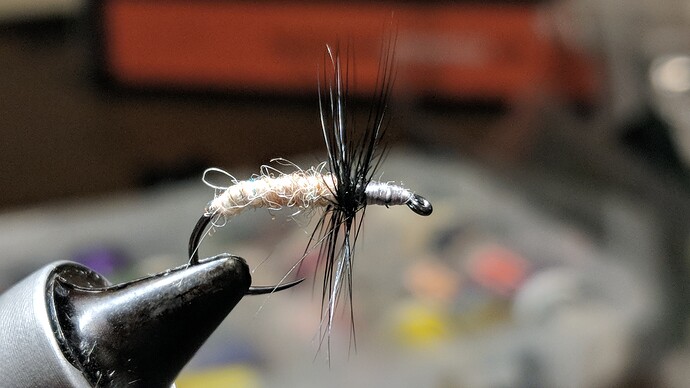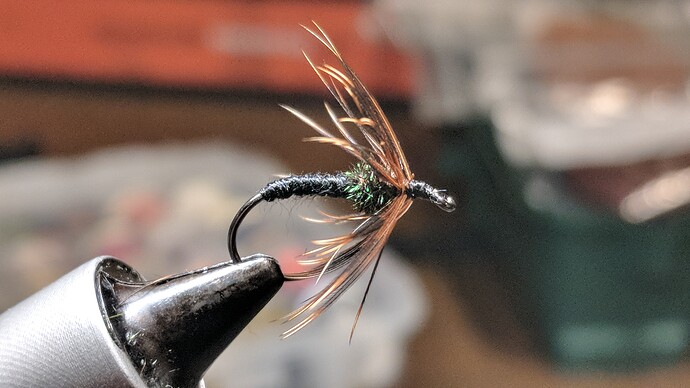It does, but they are Japanese language subtitles. 

It requires old school method of learning tenkara.
If you read blog post of some of the tenkara guru anglers in Japan they will often write something like this - when I was a young boy it was bad manners to ask a village adult to teach you how to tenkara fish. I had to watch from a distance then later try to repeat what I saw them doing. It is learn by careful observation. Just like they did.
I would say it has fewer subtitles than some of the other Japanese tenkara DVDs. With a lot more verbal narration. Out of which I can only pickup a few words.
And also unlike them, it is not a DVD aimed at the novice, no instruction about how to wind kebari, or rig up your tackle. Only a few minutes showing what rod, lines, kebari each of the featured anglers is using. In this case both use Shimano NP rods, probably or maybe to please Dr. Ishigaki’s arrangement with Shimano.
If you can read Japanese hiragana & katakana, and know some kanji or know how to write them with your mouse. You can write out the subtitles and gain some additional insight. It helps if you do not mind doing that sort of thing. Or find it fun, I do, but I am odd.
Some subtitles are easy to figure out. Such as these three subtitles from the All Rounder part featuring Takahashi Shin-san (高橋伸さん):
0:37 向か変化があれば魚からのコンタクト。
5:03 ストレートラインの場合のアタリのとり方は?
22:45 普通のテンカラよりも流している距離が長い。
Other subtitles are more difficult to translate, such as these subtitles from the section featuring Saigō Kazumi-san (西郷和巳 さん).:
5:43 底石によって貝やすい色を使う
8:57 やっくり、長い距離を流す魚に毛鉤を見せる。
11:35 ヨレのあるところ、大石の横を流す・底石を意識する。
Sometimes finding a website with the same terms helps figure the tougher ones out. This website has has helped figure out what ヨレ (yore) means. And a good place to learn other terms or alternate names for the same thing. Though I am still not clear about these terms: ヨレ(モミアワセ)& カケアガリ(ウケ). It is a fun website, despite it being aimed at bait fishing. However, a little struggle to learn new things is ok, it’s all good. Keeps your brain from going stale. 
https://web.tsuribito.co.jp/beginner/keiryu-start170402
22:08 ヒラを打っている魚がいる流下が始まっている活性が上がっている。
There are easy and difficult subtitles to figure out in both main sections of the DVD.
Anyway, here’s a thumbnail summary.
5 item menu; Play all, Introduction with Dr. Ishigaki about 5 minutes. The 2nd section with Takahashi Shinsan, about 30 minutes. The section with Saigō Kazumi-san (aka Ajari) also about 30 minutes, closing credits.
The two main sections basically have a short Q & A, a look at their tackle, followed by on stream demonstrations, mostly verbal commentary. With some subtitles.
A little tougher video to understand than some other Japanese language tenkara DVDs, good reviews though on some of the Japanese blogs I’ve seen.
Dr. Ishigaki is only seen in the introduction part. The video has interesting video alternating from ground camera, to drone camera providing a bird’s eye view, to sight camera being worn by the angler, so you see what they see. With ovals drawn on the water to highlight where the kebari is located.
An easier DVD to understand without knowing the language, but aimed at novices, is the Katayama Etsuji [片山悦二] DVD that came out last year, レベルライン・テンカラ入門 , Level Line Tenkara Introduction.
Tsuribito Introduction to Level Line Tenkara DVD
I gain some new insight every time I watch it again, and I am still working on writing down all the subtitles ( almost finished ) and trying to translate them and trying to understand what the sometimes weird translations mean.
Here is some easy to translate advice from Ajari,
5:53 虫の色によって毛鉤を・セレクトする。
If you can figure it out, maybe you can gain more than you think by watching it. 







